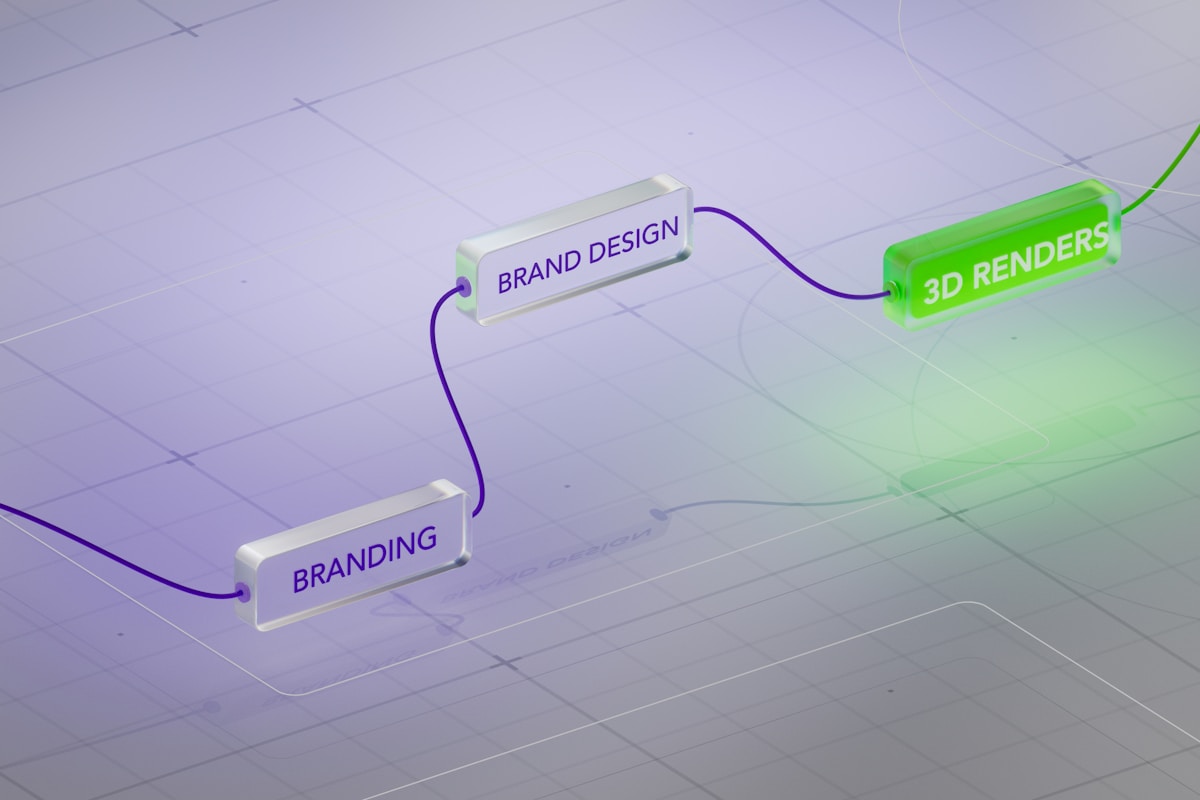Revolutionizing User Experience
In today’s digital landscape, user experience (UX) has become a pivotal factor in determining the success of web and mobile applications. As businesses strive to enhance user engagement and satisfaction, innovative design principles play a crucial role in driving growth. This article explores the transformative impact of effective UX design and how it can lead to improved business outcomes.
Understanding User Experience
User experience encompasses all aspects of a user’s interaction with a product, particularly in web and mobile applications. It includes the design, usability, accessibility, and overall satisfaction derived from using the application. A well-designed user experience can:
- Increase user retention
- Enhance customer loyalty
- Boost conversion rates
- Improve brand reputation
The Importance of UX Design
Investing in UX design is not merely about aesthetics; it’s about creating a seamless and intuitive journey for users. Here are some reasons why UX design is crucial:
- First Impressions Matter: Users often judge a product within seconds. A clean, user-friendly interface can create a positive first impression.
- Reduced Development Costs: Addressing UX issues early in the design process can save significant costs associated with redesigns and user support.
- Competitive Advantage: A superior user experience can differentiate a product in a crowded market.
Innovative Design Principles for Enhanced UX
1. User-Centered Design
User-centered design (UCD) focuses on involving users throughout the design process. This approach ensures that the final product meets the actual needs and preferences of its intended audience. Key steps include:
- Conducting user research
- Creating user personas
- Gathering feedback through usability testing
2. Responsive Design
With the increasing use of mobile devices, responsive design has become essential. This principle ensures that applications function seamlessly across various screen sizes and devices. Benefits include:
- Improved accessibility for users
- Better SEO performance
- Enhanced user satisfaction
3. Minimalism and Clarity
Adopting a minimalist design approach can significantly enhance user experience. Key features include:
- Reducing clutter and distractions
- Focusing on essential elements
- Using clear and concise language
A minimalist design not only looks aesthetically pleasing but also helps users navigate the application more effectively.
4. Consistency Across Platforms
Maintaining consistency in design elements across various platforms (web and mobile) reinforces brand identity and improves usability. Considerations include:
- Uniform color schemes
- Consistent typography
- Standardized navigation structures
Enhancing User Engagement through UX
To drive user engagement, businesses must create experiences that encourage interaction and retention. Here are some strategies:
1. Personalization
Personalized experiences can significantly enhance user satisfaction. Techniques include:
- Using data analytics to understand user behavior
- Offering tailored content and recommendations
- Implementing user preferences in the interface
2. Gamification
Incorporating gamification elements can make applications more engaging. Consider adding:
- Points and rewards systems
- Challenges and achievements
- Interactive elements that encourage participation
3. Feedback Mechanisms
Providing users with opportunities to give feedback can enhance their experience. Effective methods include:
- In-app surveys and polls
- Review and rating systems
- Responsive customer support channels
Measuring the Impact of UX on Business Growth
To understand the effectiveness of UX design, businesses must track specific metrics. Key performance indicators (KPIs) to consider include:
- User Retention Rate: Measures how many users return to the application.
- Conversion Rate: The percentage of users who complete a desired action.
- Net Promoter Score (NPS): Gauges user satisfaction and loyalty.
Conclusion
Revolutionizing user experience through innovative design principles is not just a trend; it is a necessity in the digital age. By focusing on user-centered design, ensuring responsiveness, embracing minimalism, and enhancing engagement through personalization and gamification, businesses can significantly improve user satisfaction. Ultimately, a superior user experience drives business growth, fostering loyalty and increasing conversion rates. As technology continues to evolve, prioritizing UX will remain a key component of successful digital strategies.



